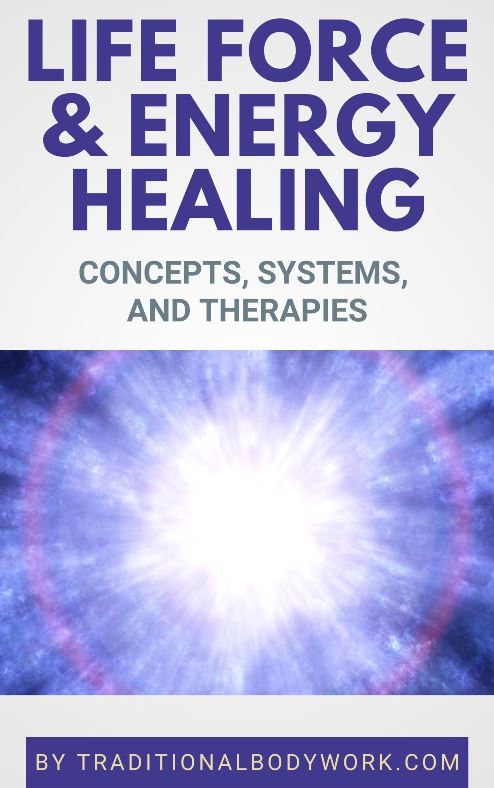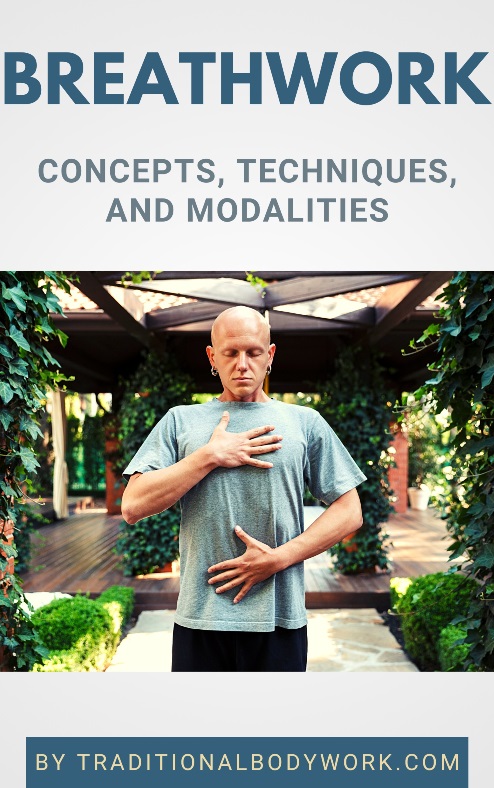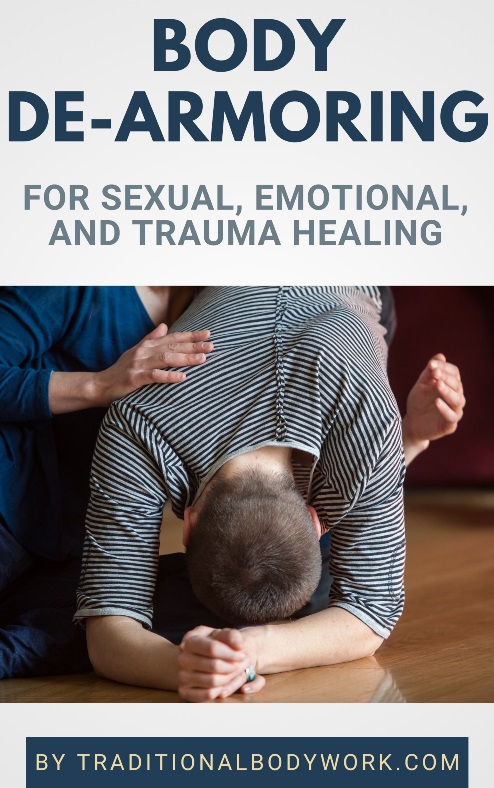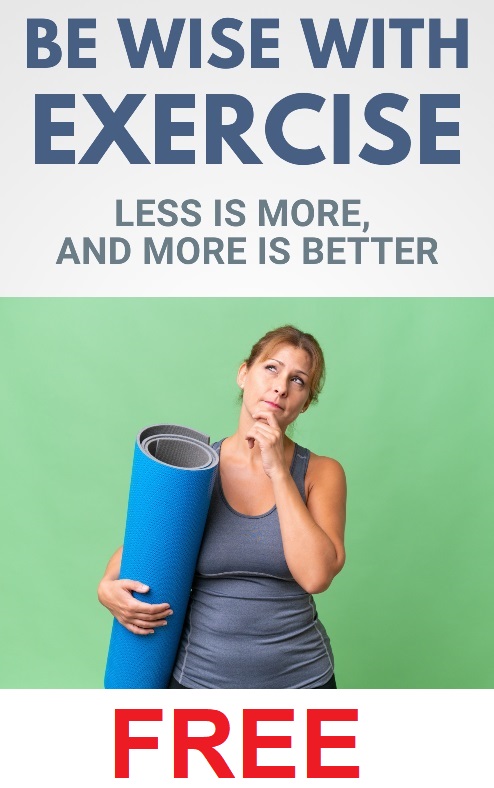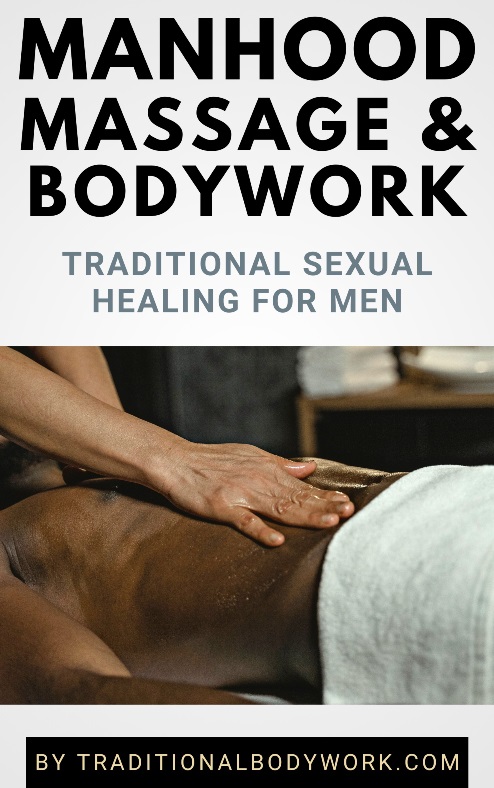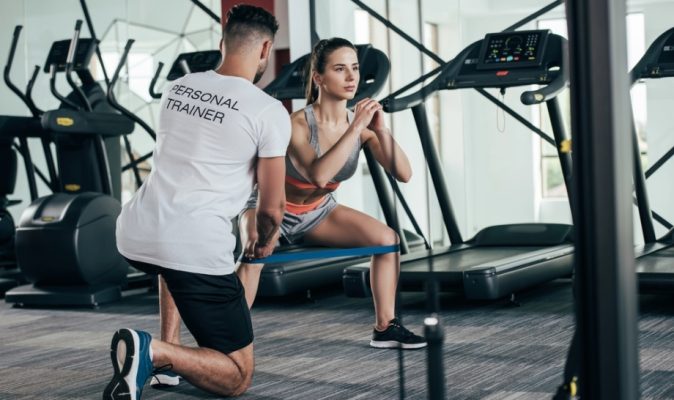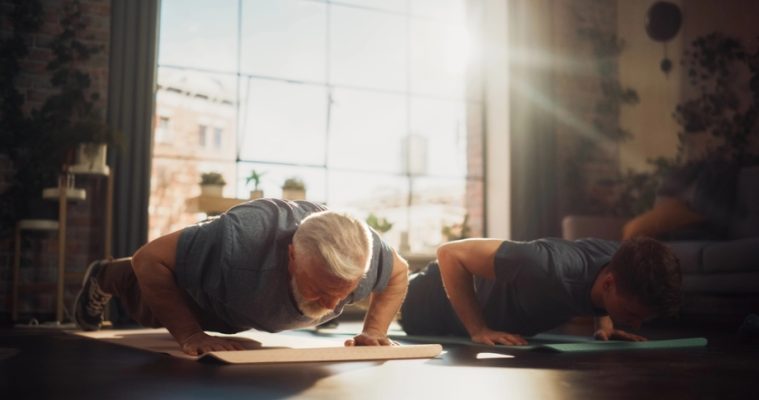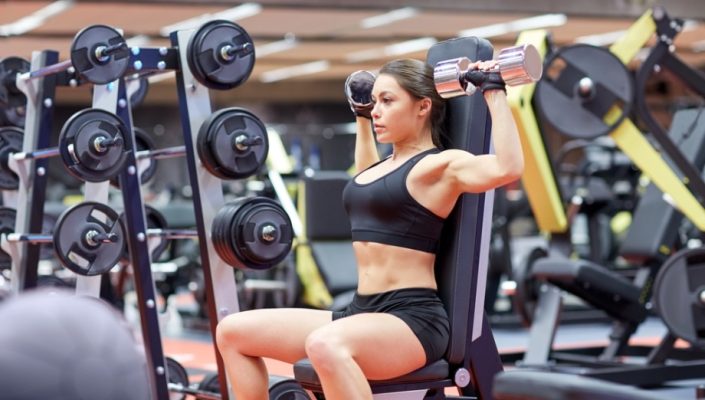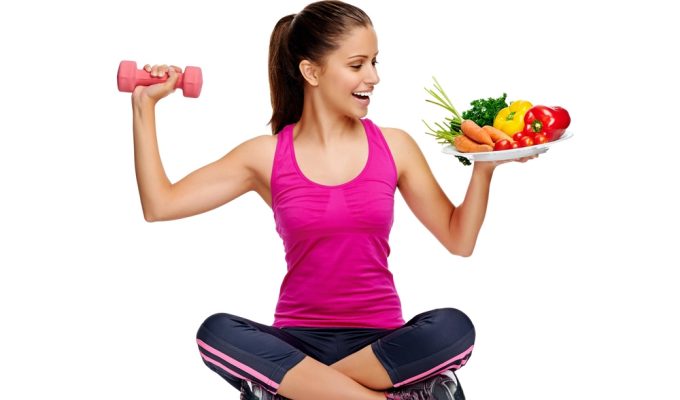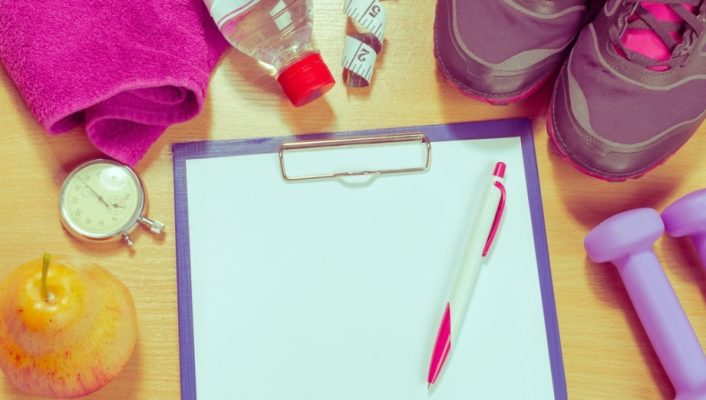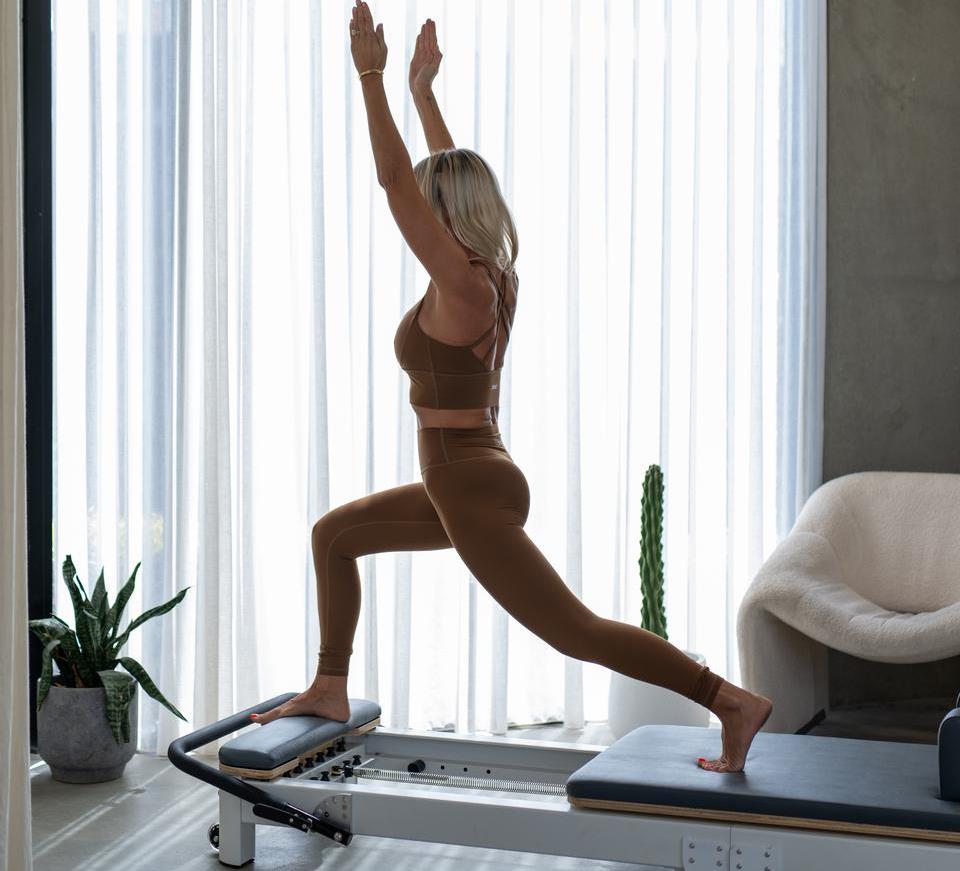
If your current workouts leave you feeling sore, stiff, or uninspired, you’re not alone. Many fitness routines rely on high-impact movements, fast reps, and endless intensity, but they aren’t always sustainable. You might be dealing with joint sensitivity, past injuries, or simply a need for something gentler that still gets results.
That’s where Pilates comes in. This low-impact workout method meets your body where it’s at—without pushing it past its limits. It strengthens, lengthens, and restores balance, all while being kind to your joints. Whether you’re just starting your fitness journey, returning after time off, or need a more thoughtful approach, Pilates can help you feel stronger, more mobile, and more in control of your body.
Strengthen Your Core Without Breaking a Sweat
Pilates places your core at the center of every movement. This includes more than just your abs—it involves your deep stabilizing muscles, like the pelvic floor, diaphragm, and muscles along your spine. These areas are crucial for balance, stability, and good posture.
You don’t need fast-paced crunches or high-intensity ab workouts to build core strength. Pilates uses slow, precise movements that keep your core engaged throughout the session. Instead of feeling drained, you leave feeling activated and aligned. With consistency, your core becomes naturally stronger, supporting your daily movement and helping prevent strain or injury.
When your core muscles are working the way they should, everything else becomes easier. You might notice your breathing becomes deeper, your posture improves, and even your digestion feels more settled. These internal benefits build gradually with each session and remain with you long after the workout.
Ease Back Pain With Balanced Alignment
Many people struggle with back pain caused by poor posture, weak core muscles, or uneven movement patterns. Pilates addresses these issues directly. Every exercise helps realign your spine, strengthen your deep abdominal muscles, and teach your body to move with better mechanics.
If you’re working with a Pilates machine such as the studio-grade models from The Core Collab, you get even more support. These machines guide you through low-impact movements with adjustable resistance, helping you move with precision and reduce unnecessary tension in the lower back. You don’t have to be a pro to benefit; the right equipment makes it easier to train smarter, not harder.
Better posture isn’t just about standing taller—it’s about reducing pressure in all the right places. When you strengthen and align the muscles that hold your spine, you take the load off overworked areas. This relief can be felt immediately, even after just one session.
Support Your Joints While Building Muscle
Unlike traditional strength training, Pilates builds muscle without compressing your joints. Movements are performed on a mat or reformer with controlled resistance, which means there’s no pounding, jarring, or impact that might aggravate your knees, hips, or wrists.
This makes Pilates ideal if you’re managing joint pain, recovering from overuse, or simply want to protect your long-term mobility. As you gain strength in your muscles, you also build better joint stability, which helps you move with less pain and more confidence.
It’s not just about avoiding damage—it’s about training smarter. Pilates teaches you how to move in ways that distribute force evenly, align your joints properly, and support the longevity of your body. You develop muscular control that works with your joints, not against them.
Tone Every Muscle Using Gentle Movements
Pilates isn’t about bulk. It’s about strength through length, helping you tone and define muscles with intention. The focus is on mindful, targeted movement, not reps for the sake of reps. This helps you reach small, often neglected muscle groups in your core, arms, glutes, and legs.
Even exercises that appear simple—such as leg lifts or bridges—can create a deep burn when performed slowly and with control. The beauty of Pilates is that it activates your entire body, even when you’re lying on your back. Over time, this type of training provides you with balanced muscle tone that feels as good as it looks.
As your muscles become more evenly conditioned, you may also notice improvements in how you walk, stand, and carry yourself. Pilates encourages a long, lean posture that helps you feel lighter and more agile, without the heavy lifting.
Improve Flexibility Without Overstretching
You don’t have to push yourself into deep splits to become more flexible. Pilates builds flexibility through movement, not force. You stretch as you strengthen, allowing your muscles to lengthen naturally while remaining supported.
Instead of static holds, Pilates encourages a dynamic range of motion—like leg circles or spinal twists—that gently open the body. This approach reduces stiffness and improves mobility without risking strain. You start to notice you’re more limber during everyday activities, whether it’s reaching for something on a shelf or bending down to tie your shoes.
This functional kind of flexibility feels different from traditional stretching. Your body becomes more adaptable, not just more bendy. That means less tension, fewer limitations, and more freedom in how you move from one moment to the next.
Recover From Injury With Safe, Guided Motion
When you’re recovering from an injury, jumping back into intense workouts isn’t always a good idea. Pilates provides a safe way to move again without putting your body at risk. The exercises are adaptable and can be tailored to your level of ability, whether you’re post-surgery, dealing with chronic pain, or just easing back into movement.
Reformer Pilates, in particular, offers a supported experience that helps rebuild strength, coordination, and mobility at your own pace. Most machines feature smooth-gliding carriages and cushioned support, making your workout feel both safe and effective. Instead of bracing against pain or stiffness, you ease into stronger movement, guided with control.
The mental benefits are just as valuable. Moving again—confidently and without fear—can rebuild your trust in your body. Pilates nurtures that confidence with every controlled movement and thoughtful breath.
Stay Active Even With a Busy Schedule
You don’t need hours at the gym to feel strong and energized. A short, focused Pilates session can be just as effective as a long workout, especially when you’re consistent. Many routines are 20 to 30 minutes and can be done from home with minimal equipment.
If you’ve got a reformer at home, even better. The Core Collab offers compact, foldable machines designed to fit into your daily life. Whether you squeeze in a session before work or during your lunch break, you’ll notice that regular movement keeps your energy levels higher and your stress levels lower. Pilates fits easily into your schedule without sacrificing results.
Having something you look forward to also makes a difference. Pilates offers a sense of calm and control, even when everything else feels chaotic. It’s not just a workout—it’s a reset. And in a busy life, those moments of clarity can go a long way.
If your body has been asking for something gentler yet effective, this might be the answer. Pilates doesn’t demand intensity—it rewards consistency. And that’s what makes it the low-impact workout your body has been waiting for.


